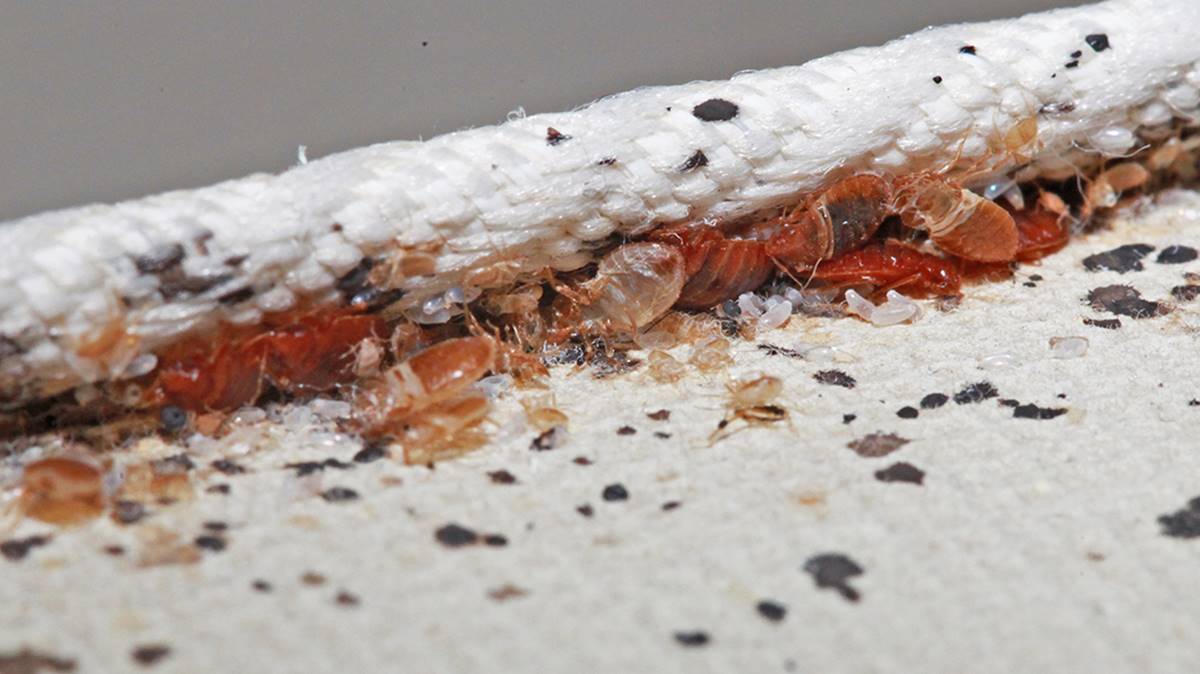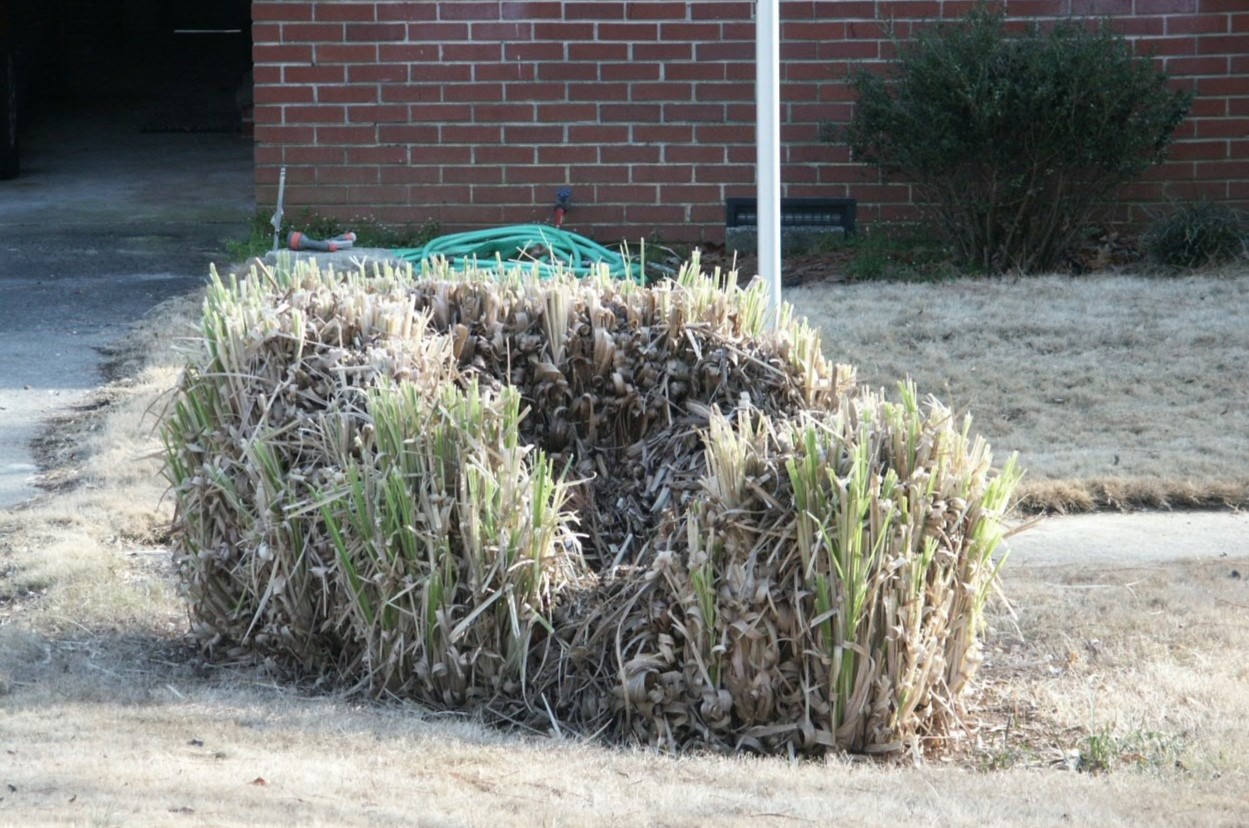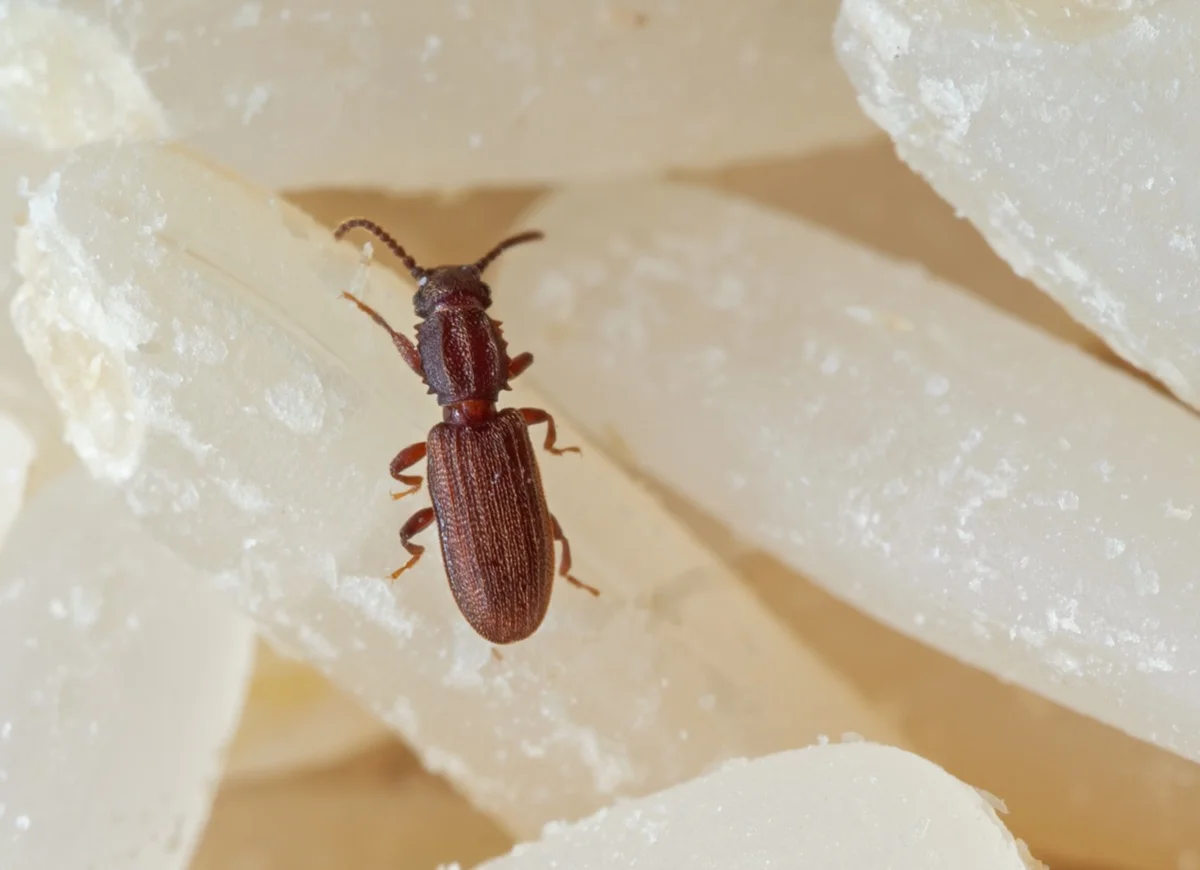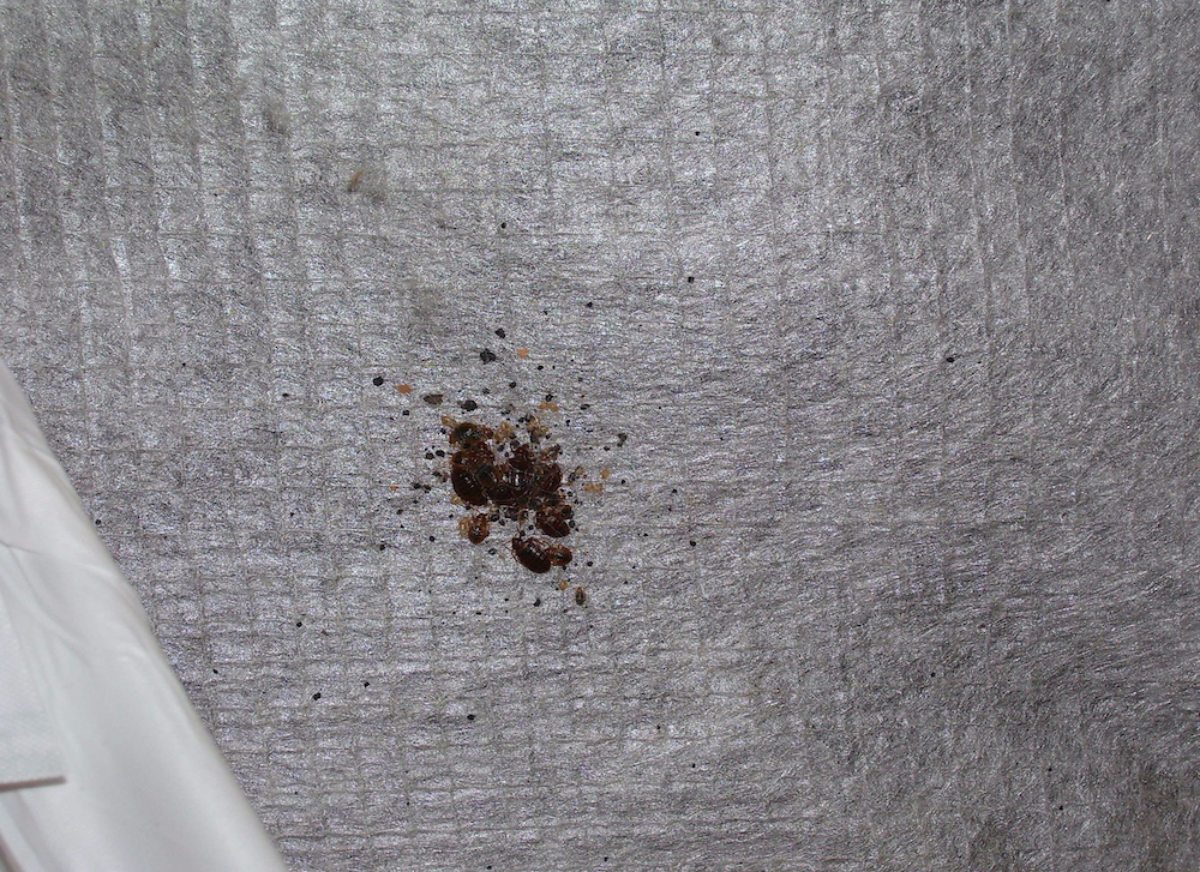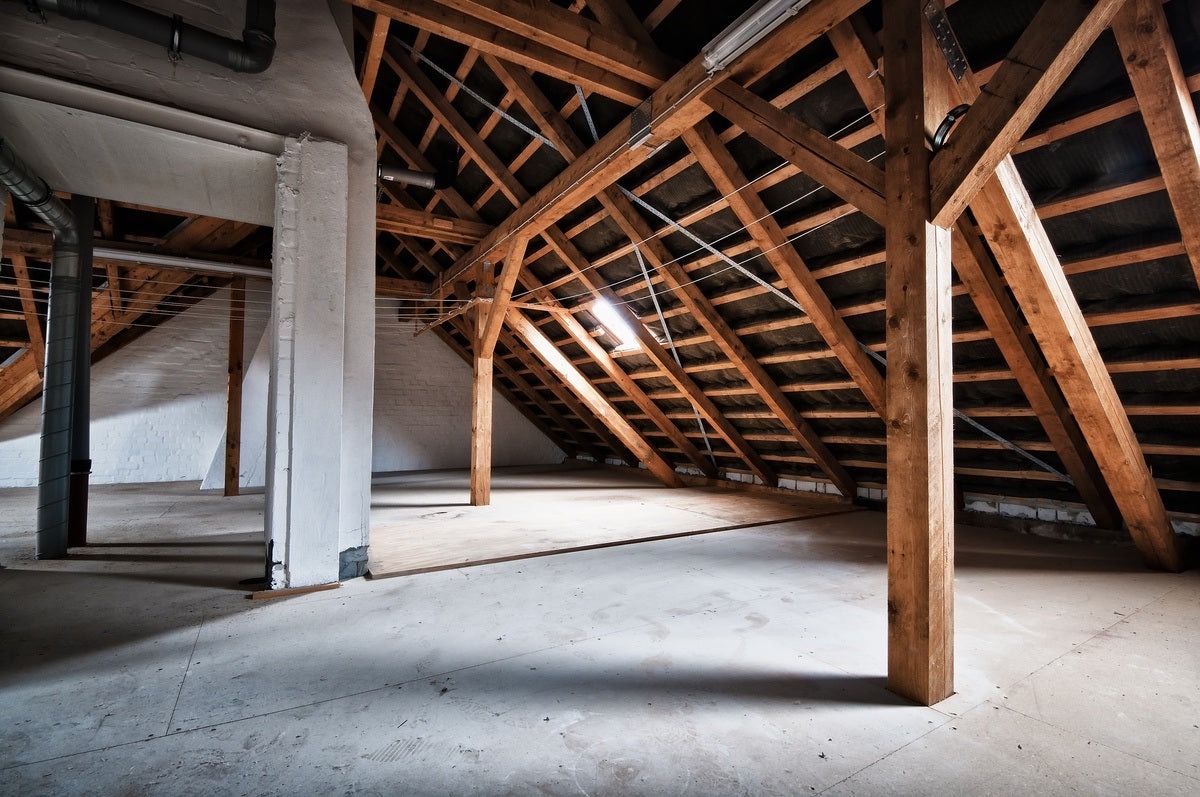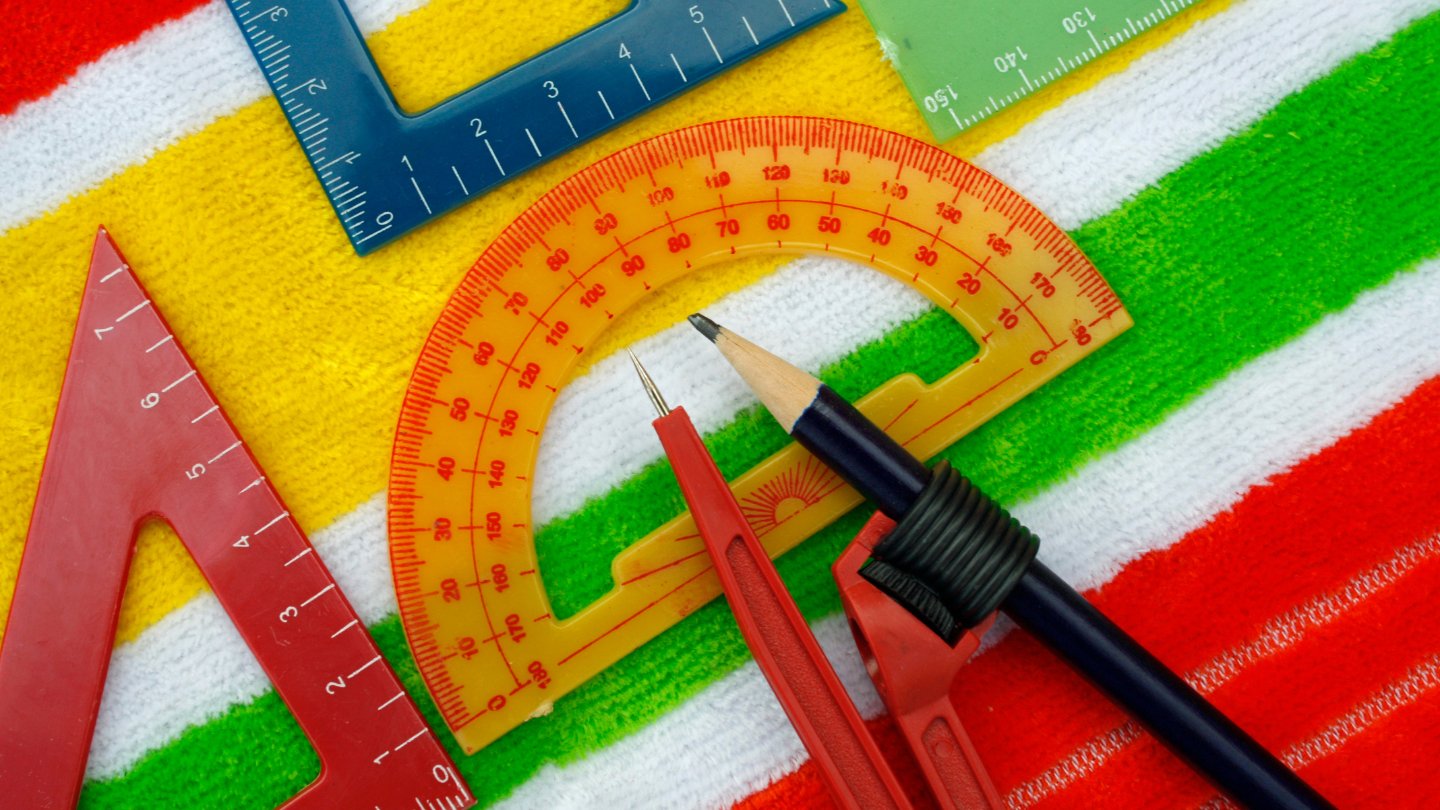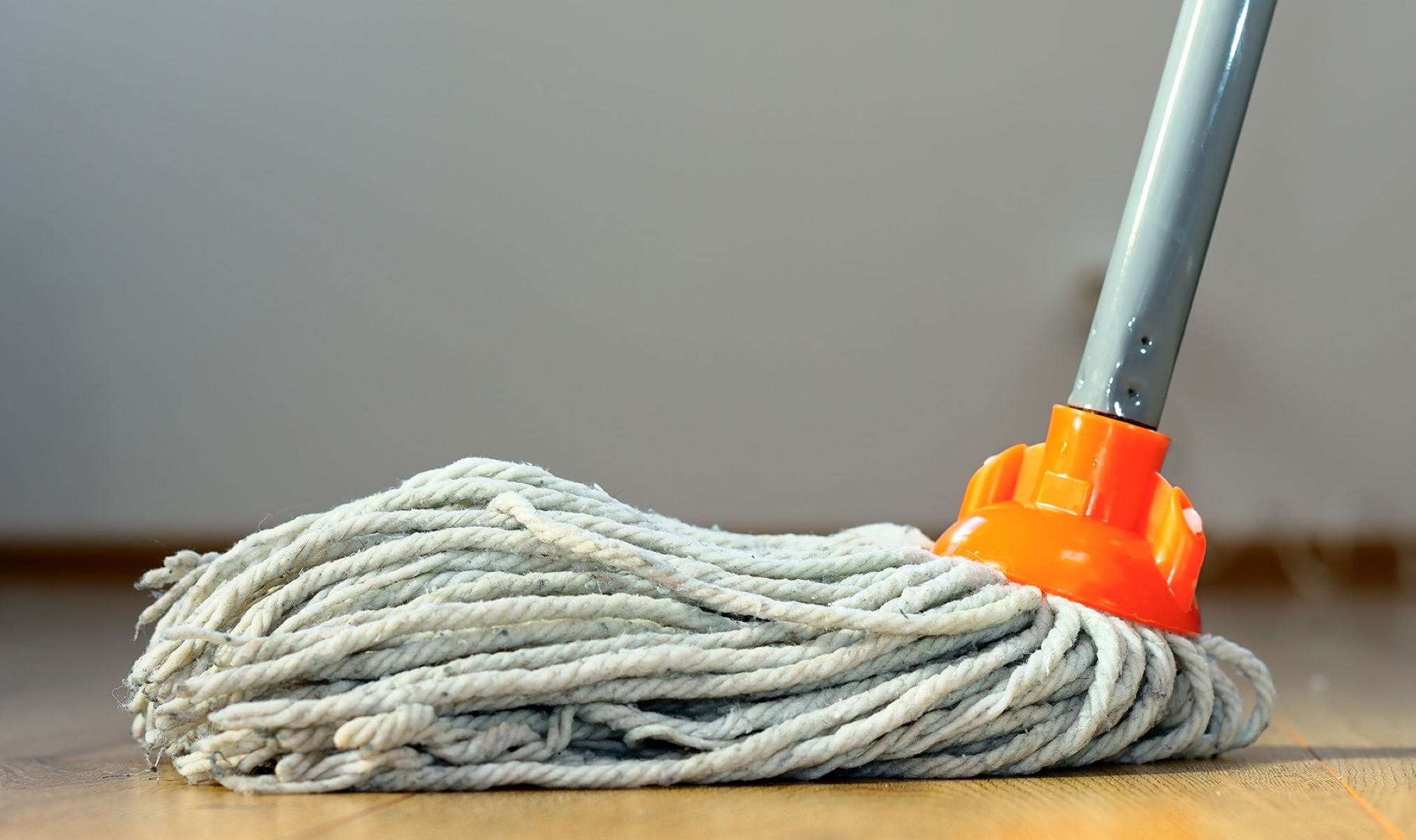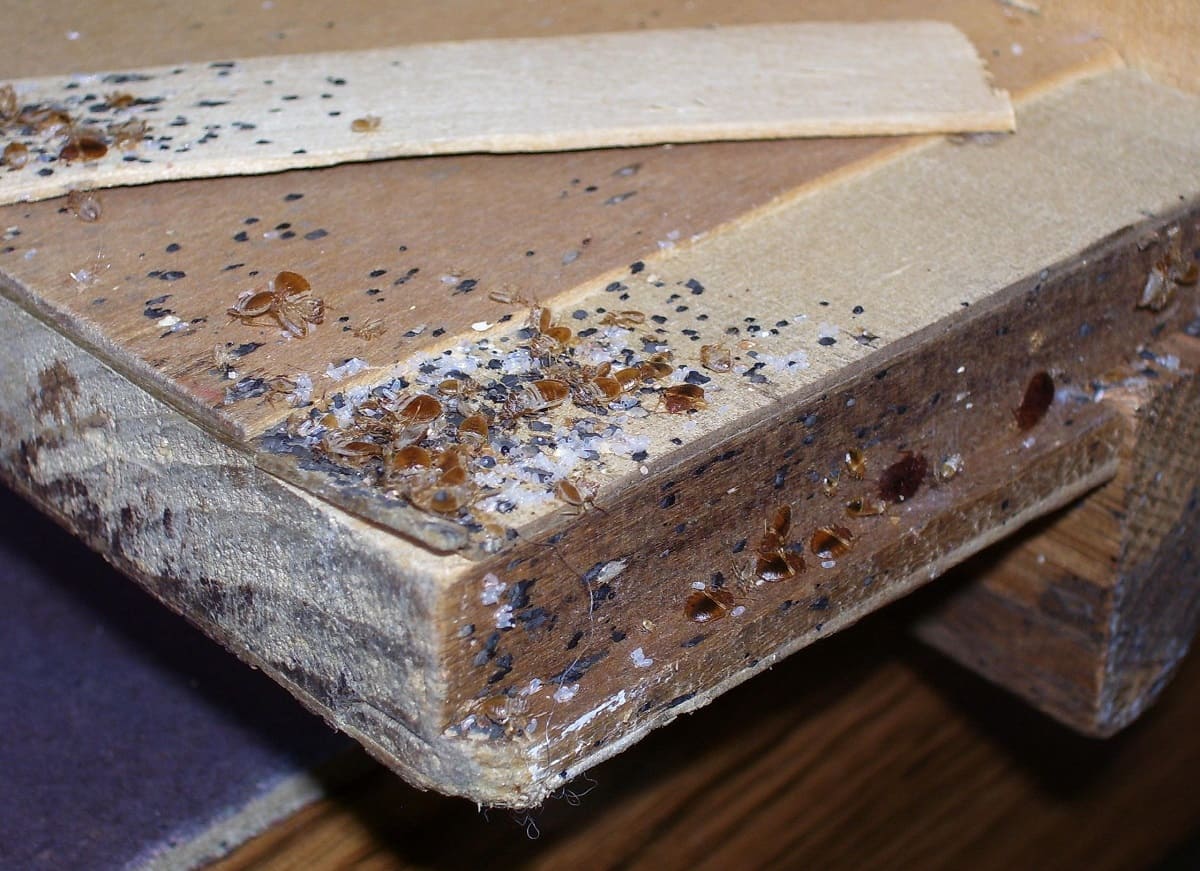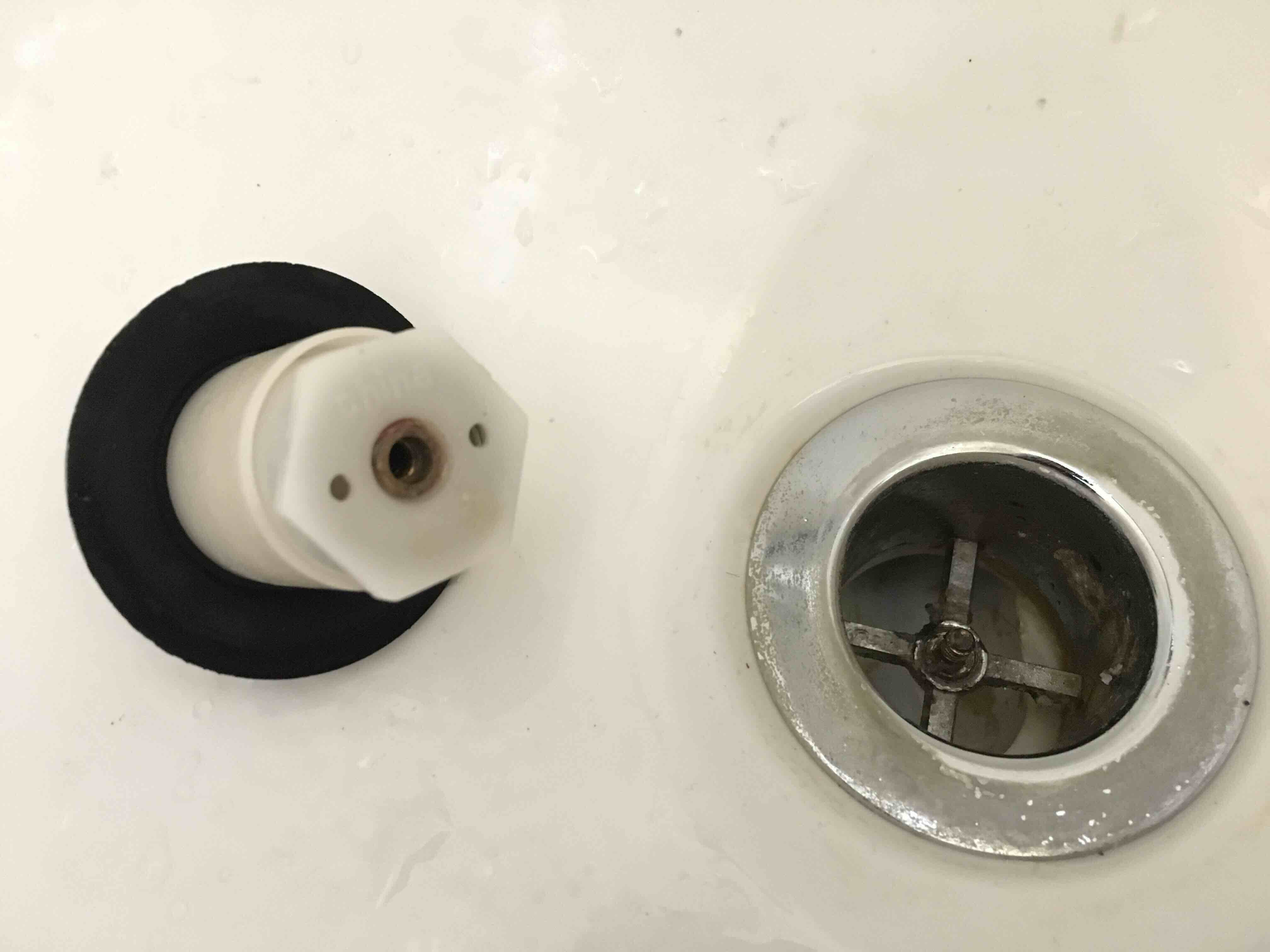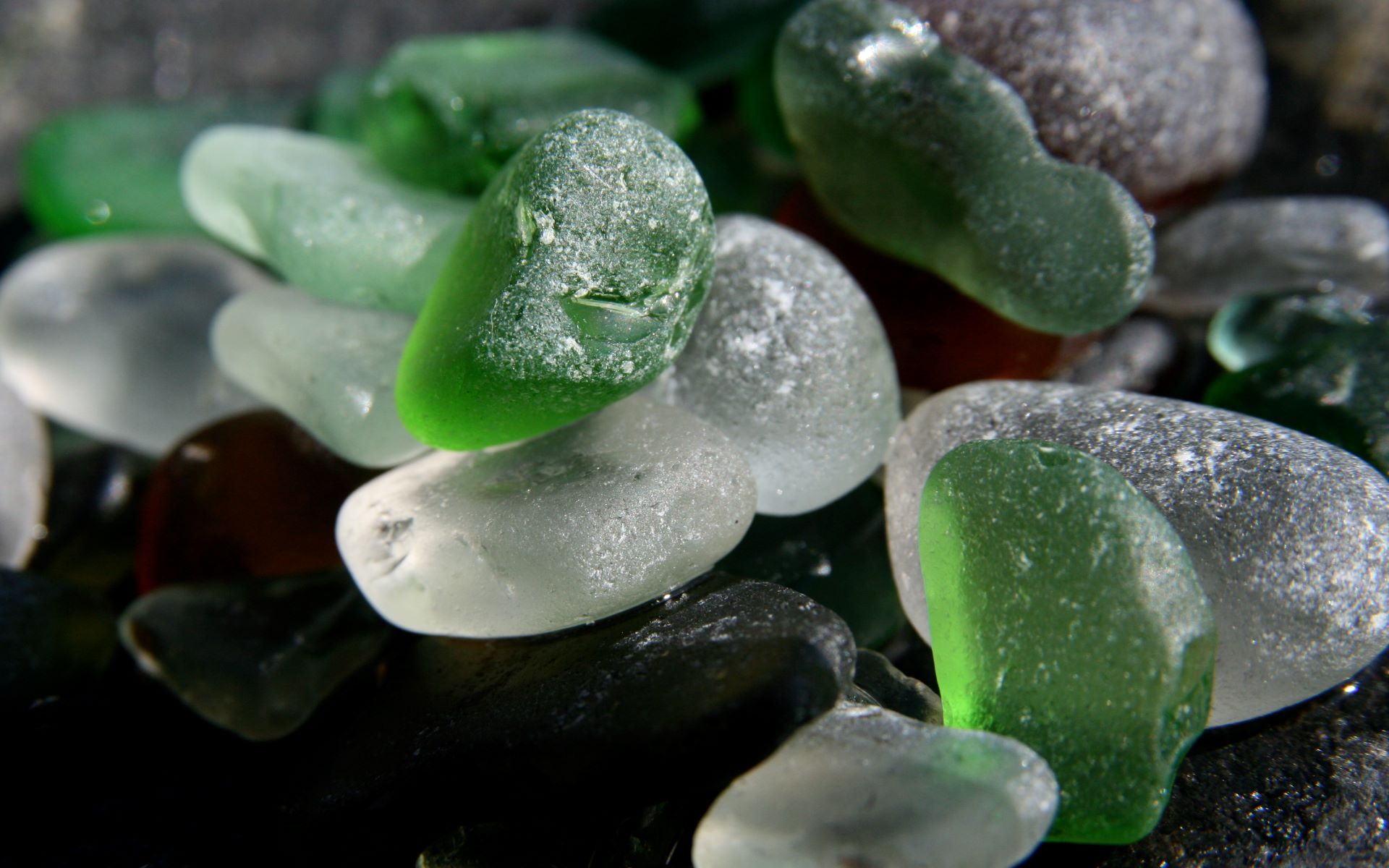Home>Furniture>Bedroom Furniture>What Does A Dead Bed Bug Look Like
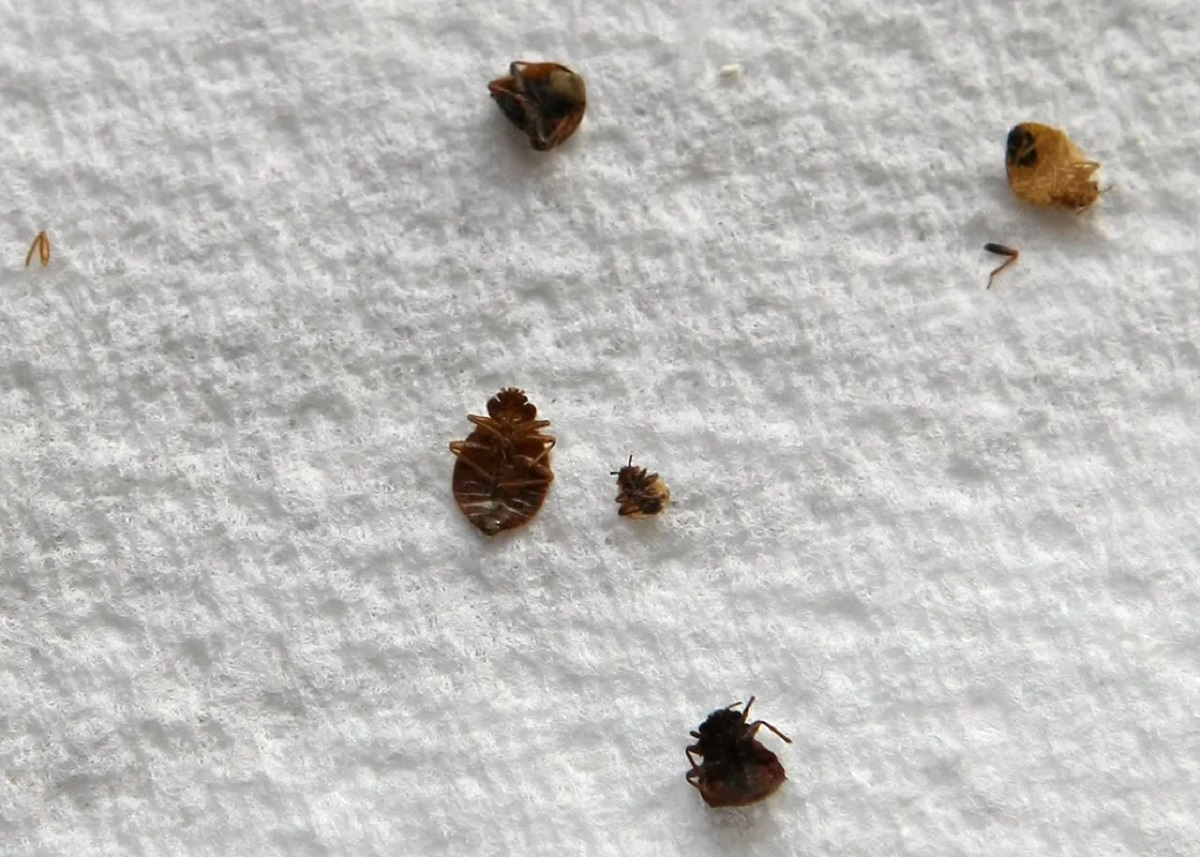

Bedroom Furniture
What Does A Dead Bed Bug Look Like
Modified: October 28, 2024
Discover what a dead bed bug looks like and learn how to identify them in your bedroom furniture.
(Many of the links in this article redirect to a specific reviewed product. Your purchase of these products through affiliate links helps to generate commission for Storables.com, at no extra cost. Learn more)
Introduction
Bed bugs are a common nuisance that can wreak havoc in our homes and disrupt our sleep. These tiny, blood-sucking insects are notoriously difficult to get rid of once they infest our mattresses, furniture, and linens. While it’s important to spot live bed bugs and take immediate action, it’s equally crucial to be able to identify dead bed bugs to ensure effective pest control measures. In this article, we will explore the physical characteristics that can help you identify a dead bed bug and distinguish it from other insects.
Identifying a dead bed bug can be challenging as their appearance changes significantly after death. Therefore, it’s vital to know what to look for to avoid mistaking other insects or debris for dead bed bugs. Understanding the physical features and signs of decomposition will give you the confidence to accurately identify a dead bed bug and take appropriate actions.
By familiarizing yourself with the visual characteristics of dead bed bugs, you will be equipped to make informed decisions about pest control measures, such as continuing with treatment or seeking professional assistance. So, let’s dive in and learn how to identify a dead bed bug from its distinctive physical traits.
Key Takeaways:
- Identifying a dead bed bug involves considering changes in color, texture, size, and signs of decomposition. By understanding these physical characteristics, you can accurately differentiate dead bed bugs from other insects and take appropriate pest control measures.
- It’s crucial to familiarize yourself with the unique features of bed bugs and differentiate them from similar-looking insects like carpet beetles and book lice. Seeking professional assistance can provide confirmation and tailored treatment options for effective pest control.
Read more: What Does A Bed Bug Look Like
Identifying a Dead Bed Bug
Spotting a dead bed bug can be challenging due to their small size and the changes they undergo after death. However, there are several key features to look out for that can help you distinguish a dead bed bug from other insects or debris. By keeping these characteristics in mind, you can accurately identify a dead bed bug and take appropriate action.
One of the first things to consider when identifying a dead bed bug is its location. Bed bugs are commonly found in areas where they can easily access their human hosts, such as bedding, mattresses, box springs, and furniture. If you come across a dead insect in these areas, there is a strong possibility that it could be a bed bug.
Next, consider the physical characteristics of the insect. While the appearance of a dead bed bug can vary depending on how long it has been deceased, there are some general features to look for. These include color and texture, size and shape, body segments, appendages, and signs of decomposition. By examining these factors, you can make a more accurate identification.
Remember, it’s essential to compare the insect you find to reference images of bed bugs in various stages of life, both alive and dead. This will give you a better understanding of their appearance and help you distinguish them from other insects that may be similar in size or color. If you’re unsure, you can always consult with a pest control professional or entomologist for a definitive identification.
Physical Characteristics of a Dead Bed Bug
When it comes to identifying a dead bed bug, understanding their physical characteristics is crucial. While a live bed bug is flat, oval-shaped, and reddish-brown in color, a dead bed bug undergoes noticeable changes in appearance. By examining key features such as color and texture, size and shape, body segments, appendages, and signs of decomposition, you can accurately identify a dead bed bug.
Color and Texture: A dead bed bug’s color can vary depending on how long it has been deceased. Initially, a dead bed bug may retain some of its original reddish-brown color, but as time goes on, it will darken and become more black or brownish-black. The texture of a dead bed bug also changes, becoming dry and shriveled.
Size and Shape: A dead bed bug will maintain its characteristic oval-shaped body, but it will appear flattened and more rigid than a live bed bug. It may be slightly larger than its living counterpart due to the dehydration that occurs after death.
Body Segments and Appendages: A dead bed bug’s body consists of three main segments – the head, thorax, and abdomen. These segments may appear more distinct and separated in a dead bed bug due to the loss of moisture. Additionally, their six legs and antennae may appear more pronounced and stiff.
Signs of Decomposition: Over time, a dead bed bug will show signs of decomposition. It may exhibit a foul odor, similar to a rotting smell, as bacteria break down its tissues. The body may become brittle and easily crumble upon touch.
These physical characteristics are essential to look for when identifying a dead bed bug. By understanding how their appearance changes after death, you can differentiate them from other insects or debris that may be present in your living space. This will help you make an accurate identification and take appropriate steps for pest control.
Color and Texture
When identifying a dead bed bug, one of the key factors to consider is its color and texture. While a live bed bug typically has a reddish-brown color, a dead bed bug undergoes changes in color and texture that can help differentiate it from other insects or debris.
Initially, a dead bed bug may still retain some of its original reddish-brown color. However, as time passes, the color of a dead bed bug darkens, often turning black or brownish-black. This change in color is due to the process of decomposition. The loss of moisture and the breakdown of cells in the body can result in the darkening of the exoskeleton.
In addition to the changes in color, the texture of a dead bed bug also transforms. As the moisture within the insect’s body evaporates, it becomes dry and shriveled. This gives the bed bug a more rigid and rigid appearance compared to a live bed bug, which has a softer and more pliable exoskeleton.
When examining a suspected dead bed bug, it’s essential to consider the color and texture in conjunction with other physical features. A blackened and shriveled insect that matches the characteristic shape and size of a bed bug is more likely to be a dead bed bug. However, it’s important to note that the color and texture can vary depending on how long the bed bug has been deceased and environmental factors such as humidity levels.
To accurately distinguish a dead bed bug from other insects or debris, it’s helpful to reference images or descriptions of both living and dead bed bugs. Comparing the suspected specimen with reference materials can provide a clearer understanding of the expected color and texture for a dead bed bug.
By paying attention to the color and texture of the insect and considering them in conjunction with other physical characteristics, you can increase your ability to accurately identify a dead bed bug. This knowledge will empower you to take appropriate steps for pest control and prevention, ensuring a safe and comfortable sleeping environment.
Size and Shape
When identifying a dead bed bug, understanding its size and shape is essential. While a live bed bug has a distinct oval shape, a dead bed bug may undergo slight changes in both size and shape.
A dead bed bug typically retains its oval shape, but it may appear more flattened and rigid compared to a live bed bug. This change in shape is due to the dehydration that occurs after death. As the bed bug loses moisture, its body becomes less pliable and more rigid, resulting in a flatter appearance.
In terms of size, a dead bed bug might be slightly larger than its living counterpart. The dehydration that takes place after death can cause the body to shrink in width but maintain a similar length. This change in size is most noticeable when comparing dead and live bed bugs side by side.
It’s important to note that the size and shape of a dead bed bug can be influenced by various factors, including the time since death and environmental conditions. The level of dehydration and decomposition can vary, resulting in slight variations in size and shape among different specimens of dead bed bugs.
To accurately identify a dead bed bug based on size and shape, it’s crucial to have a reference point. Familiarize yourself with the typical size and shape of both live and dead bed bugs through images or descriptions. This will allow you to make a more informed comparison when examining a suspected dead bed bug.
By considering the changes in size and shape and comparing the specimen to reference materials, you can increase your ability to identify a dead bed bug accurately. This knowledge will help you take the necessary steps for effective pest control, ensuring the eradication of these troublesome insects from your home.
After feeding, a bed bug’s body swells and becomes reddish-brown. A dead bed bug will appear shriveled and flattened, with a darker color. Look for these signs when inspecting for bed bugs.
Read more: What Bed Bug Bites Look Like
Body Segments and Appendages
When identifying a dead bed bug, it’s important to examine its body segments and appendages. While the overall structure remains similar to that of a live bed bug, there are subtle differences to look out for.
A dead bed bug’s body consists of three main segments: the head, thorax, and abdomen. These segments are more distinct and separated in a dead bed bug compared to a live one. The loss of moisture during the process of decomposition can cause the body segments to become more pronounced and easily recognizable.
In addition to the body segments, the appendages of a dead bed bug are worth noting. The six legs and antennae may appear stiffer and more pronounced in a dead bed bug. The loss of moisture and the drying out of the exoskeleton can result in a more rigid and prominent appearance of these appendages.
Examining the body segments and appendages of a suspected dead bed bug can help confirm its identity. Comparing these features to reference images or descriptions of bed bugs will provide a clearer understanding of whether the specimen is indeed a dead bed bug. It is important to note that the body segments and appendages can vary slightly depending on the level of decomposition and other environmental factors.
By paying attention to the body segments and appendages and comparing them to reference materials, you can accurately identify a dead bed bug. This knowledge will help you take the appropriate steps for pest control and prevent further infestation in your home.
If you’re unsure about the identification or suspect the presence of bed bugs, it’s always advisable to seek the assistance of a professional pest control service. They can conduct a thorough inspection and implement effective treatment methods to eliminate bed bugs from your home.
Signs of Decomposition
As a bed bug undergoes decomposition after death, there are several signs to look out for that can help identify it as a dead specimen. These signs of decomposition can give you valuable insights into whether the insect you’ve found is a dead bed bug or something else entirely.
One of the primary signs of decomposition is a change in odor. A dead bed bug may emit a distinct, unpleasant smell as it decomposes. This odor could be described as a rotting or musty scent, indicating the breakdown of the insect’s tissues. While the odor might not always be immediately noticeable, it can become stronger as decomposition progresses.
Another sign of decomposition is a change in texture and brittleness. As the bed bug dries out, its exoskeleton becomes brittle and fragile. The body may begin to shrink and lose its flexibility. If you notice that the insect crumbles easily when touched or shows signs of disintegration, it is likely a dead bed bug.
Additional signs of decomposition can include a darkening of the exoskeleton and a change in color. As the bed bug loses moisture and undergoes chemical changes, the exoskeleton may darken or turn black. This change in color is a result of the breakdown of the insect’s cells.
It is important to note that the signs of decomposition can vary depending on various factors, such as the time since death, temperature, humidity levels, and the presence of bacteria or other organisms that aid in decomposition. Therefore, it’s crucial to consider these signs in conjunction with other physical characteristics when identifying a dead bed bug.
By being aware of the signs of decomposition, you can differentiate a dead bed bug from other insects or debris. If you suspect that you’ve found a dead bed bug, it’s always a good idea to consult reference materials or seek professional assistance for confirmation and to plan for effective pest control measures.
Differentiating Dead Bed Bugs from Other Insects
When trying to identify a dead bed bug, it’s important to differentiate it from other insects that may be similar in appearance. By understanding the distinguishing characteristics of bed bugs and comparing them to other common household insects, you can accurately identify a dead bed bug.
One common insect that may be mistaken for a dead bed bug is a carpet beetle. Carpet beetles are small, oval-shaped insects that can be found in carpets, clothing, and furniture. However, there are key differences to look out for. Carpet beetles have a wider range of colors, including black, brown, and mottled patterns. They also have distinct wings and are capable of flight, unlike bed bugs. Additionally, carpet beetles have a different body shape and texture, with a more rounded appearance and a softer exoskeleton.
Another insect that may be confused with a dead bed bug is a book louse. Book lice are tiny, wingless insects commonly found in areas with high humidity, such as bookshelves and damp areas of the home. While they may resemble bed bugs in size and color, there are noticeable differences. Book lice have a more elongated body shape and softer exoskeleton. Moreover, they are harmless and do not bite humans.
Flea larvae and dead fleas can also be mistaken for dead bed bugs. Fleas are typically associated with pets and can infest carpets, bedding, and upholstery. However, fleas have distinct jumping abilities and are known for their bites, unlike bed bugs. Flea larvae, which are often white and worm-like in appearance, can easily be differentiated from dead bed bugs.
To differentiate dead bed bugs from other insects, it’s crucial to familiarize yourself with the unique physical characteristics of bed bugs. By comparing the size, shape, color, texture, and other distinguishing features of the suspected insect to reference materials or consulting with a professional, you can accurately identify a dead bed bug.
If you’re unsure about the identification or suspect the presence of bed bugs, it’s recommended to seek the assistance of a pest control professional. They have the expertise to identify different insects and provide appropriate treatment options tailored to your specific situation.
Conclusion
Accurately identifying a dead bed bug is essential for effective pest control measures. By understanding the physical characteristics of a dead bed bug and differentiating it from other insects, you can take appropriate action to address any infestation issues in your home.
When identifying a dead bed bug, consider factors such as color and texture, size and shape, body segments and appendages, and signs of decomposition. A dead bed bug may exhibit a darkened, dry exoskeleton, a flattened and rigid shape, and signs of decay such as a foul odor and brittleness. Comparing the suspected specimen with reference materials can provide further confirmation of its identity.
It’s important to differentiate dead bed bugs from other insects that may resemble them. Carpet beetles, book lice, and fleas can have similar appearances but possess distinct characteristics that set them apart. Becoming familiar with these differences will enable you to accurately identify a dead bed bug.
If you find a dead bed bug, it’s advisable to continue or implement appropriate pest control measures to eradicate any live bed bugs and prevent further infestation. Regular inspections and professional assistance can help mitigate the risk of bed bugs in your home.
In conclusion, being able to identify a dead bed bug is crucial in managing bed bug infestations effectively. By understanding the physical characteristics, distinguishing them from other insects, and seeking professional guidance when needed, you can take control of the situation and create a safe and comfortable environment for yourself and your family.
Frequently Asked Questions about What Does A Dead Bed Bug Look Like
Was this page helpful?
At Storables.com, we guarantee accurate and reliable information. Our content, validated by Expert Board Contributors, is crafted following stringent Editorial Policies. We're committed to providing you with well-researched, expert-backed insights for all your informational needs.
